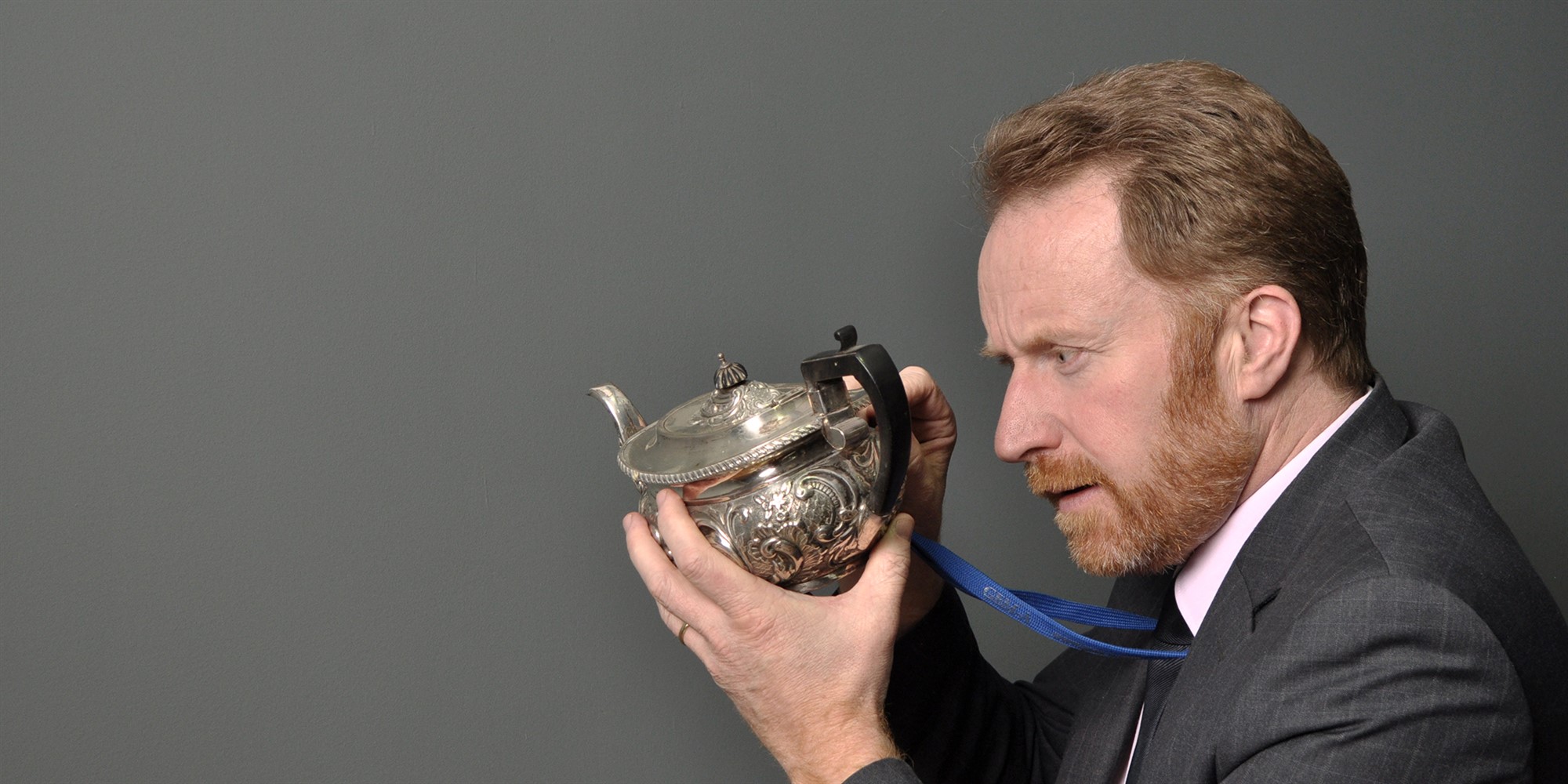The art of being an auctioneer
Overseeing an auction may seem like a simple responsibility, but there’s a lot more to it than meets the eye. Fred Wyrley-Birch, Director at North East Auction House Anderson and Garland, explains the intricacies of being an auctioneer and the art behind the auction:
Valuations: how do we know?
The ability to predict a value of an object requires a great deal of knowledge about antiques, art and the ever-changing market.
Skilled auctioneers have an eye for quality, there are tell tail signs for all items whether antique, vintage or ephemeral that steer us in the right direction. The auctioneers at Anderson and Garland have a combined 200 years’ experience and have seen thousands of items sold at auction.
Estimates are placed on the majority of lots before an auction. They are guides to buyers on what they may have to pay to purchase the items but are also a reflection of other things. A conservative estimate on an item a buyer is sure is worth more has often been put on purposely to both entice competition and reflect perhaps the client's willingness to sell the item. However, a strong estimate may well be a reflection of a reserve and the seller wouldn’t want to part with it for anything less.

It’s all about sellers’ expectations.
Auctioneers work as agents for sellers. This is vital to keep in mind as both the vendor and as someone buying at auction. We are always working in the sellers’ best interests. But at the same time we want the experience to be as fulfilling to the buyers as possible which is why Anderson and Garland don’t place any reserve higher than we think it will achieve. This way our buyers are ensured that if they are interested in a lot and attend our auctions, they have a chance of taking it home. It is also why we don’t charge a vendor for an unsold lot.
A successful auction house makes certain sales techniques a high priority. We provide a full-time, in-house photographer who ensures each lot is depicted professionally and accurately. We also print high-quality catalogues for many specialist sales and always ensure lots are catalogued aesthetically and accurately. In-depth condition reports are also provided upon request.

Lights, camera, auction!
Skilled auctioneers have a few tricks up their sleeves to keep auctions interesting.
Each auction catalogue is devised to entice peaks of excitement and keep momentum up, so it doesn’t become monotonous.
It’s also key to keep it smooth, calm and to not intimidate bidders with the pace. A&G’s live display screen and online bidding portal provide real-time visual cues of the current bids and track progress in time with the auctioneer, which is an added benefit for viewers to keep track of the pace.
On the other hand, silence is not golden. It’s not comfortable to let the room fall silent, you lose momentum and interest falls away. This is why the auctioneer will often repeat the current bidding price to fill the gaps between bids.
Every Auctioneer has to have presence. The body language is always a good indicator of a great auctioneer. Simple gestures like an auctioneer raising their hand or arm, it may not get noticed but encourages a faltering bidder to go that little bit further. Looking into the camera so that an internet bidder feels like they are there in the room and welcome to click that button any time they like.
The most important thing is to have fun with it. If an auctioneer is enjoying themselves, it invites everybody else to, relaxes them and makes it that bit easier to raise that paddle.